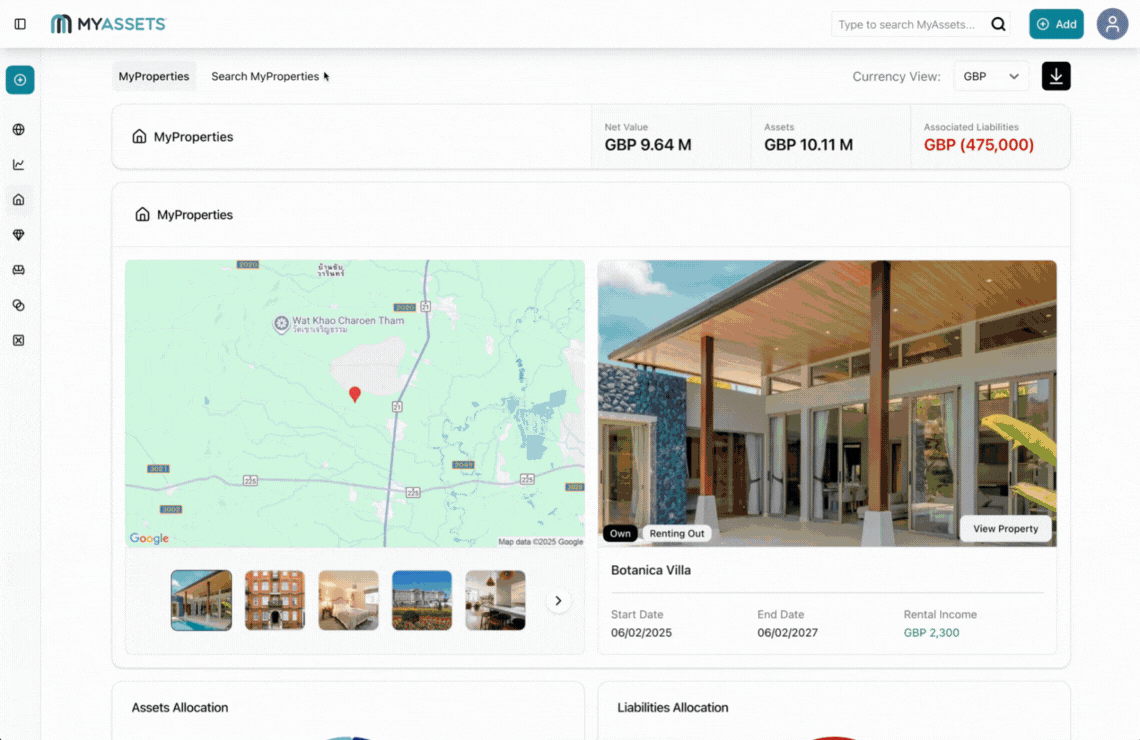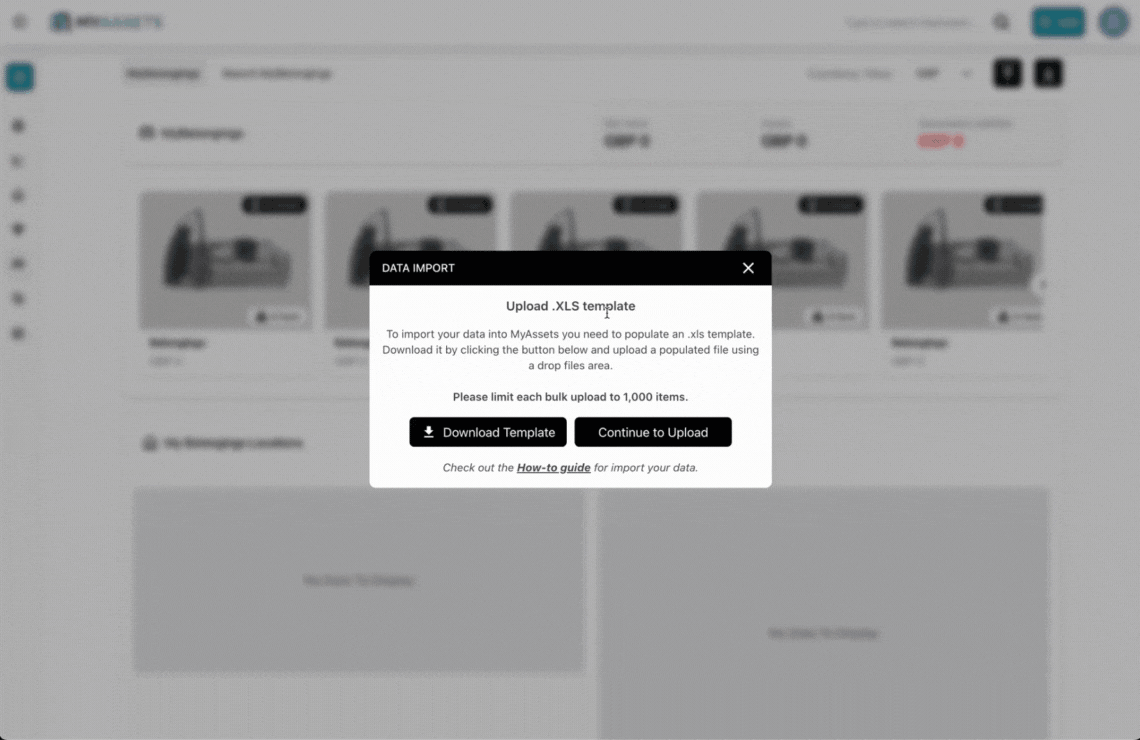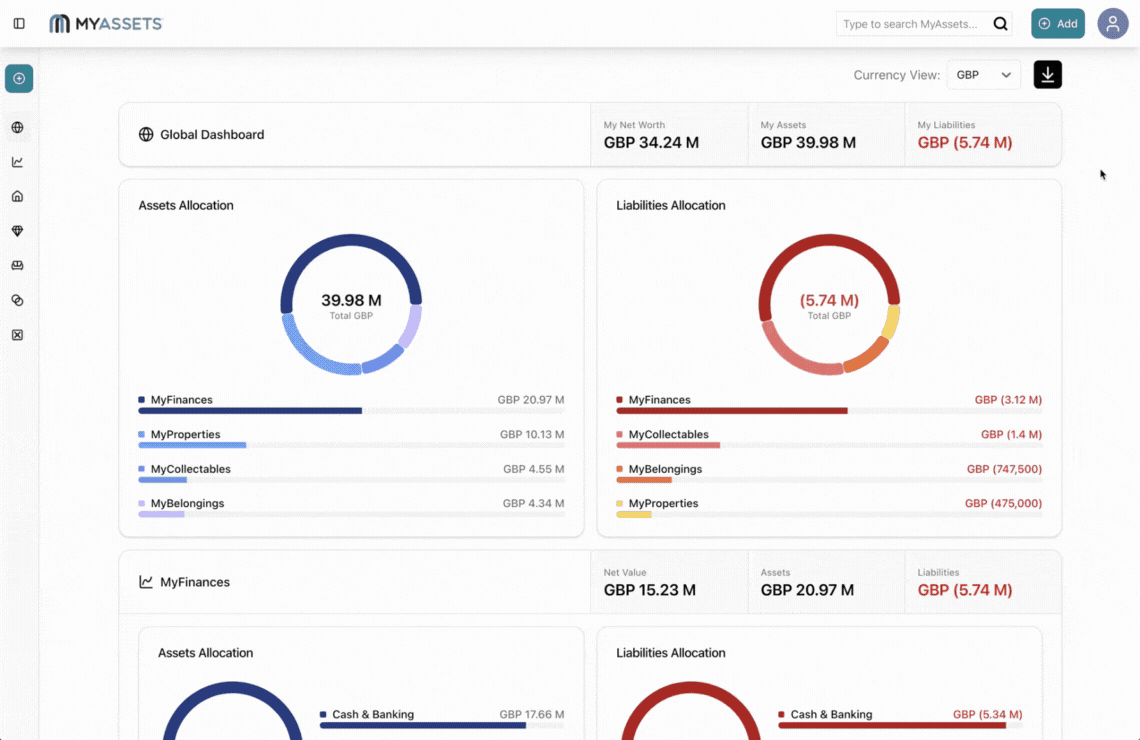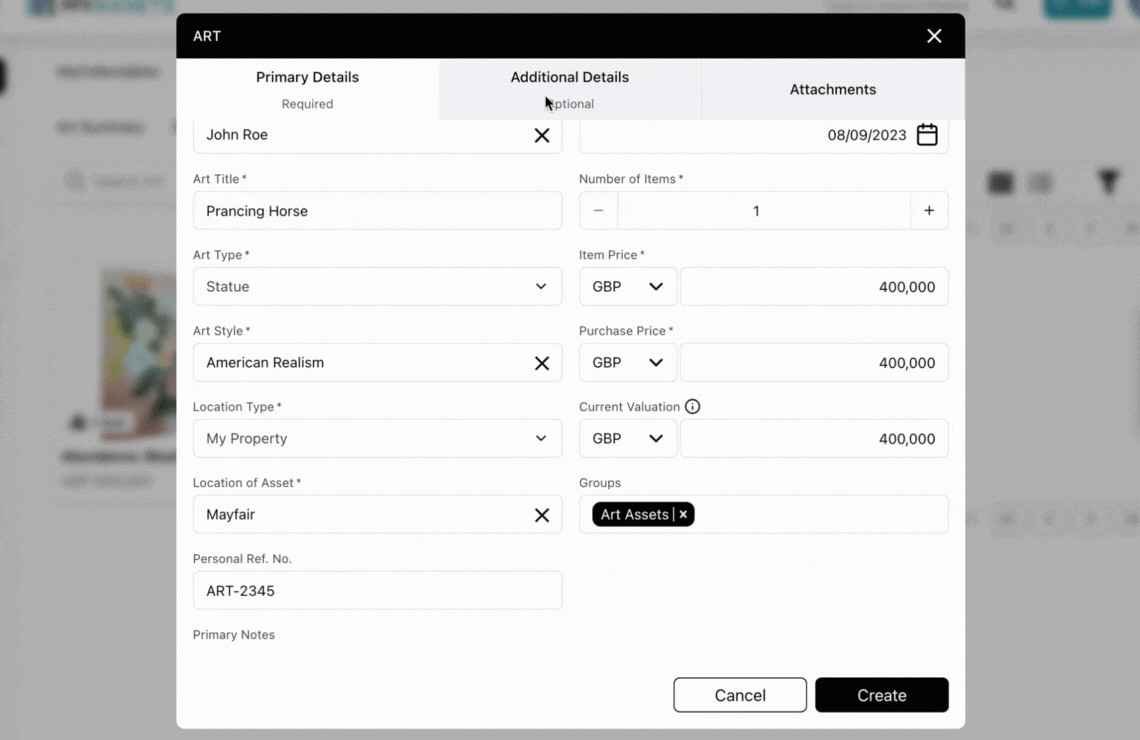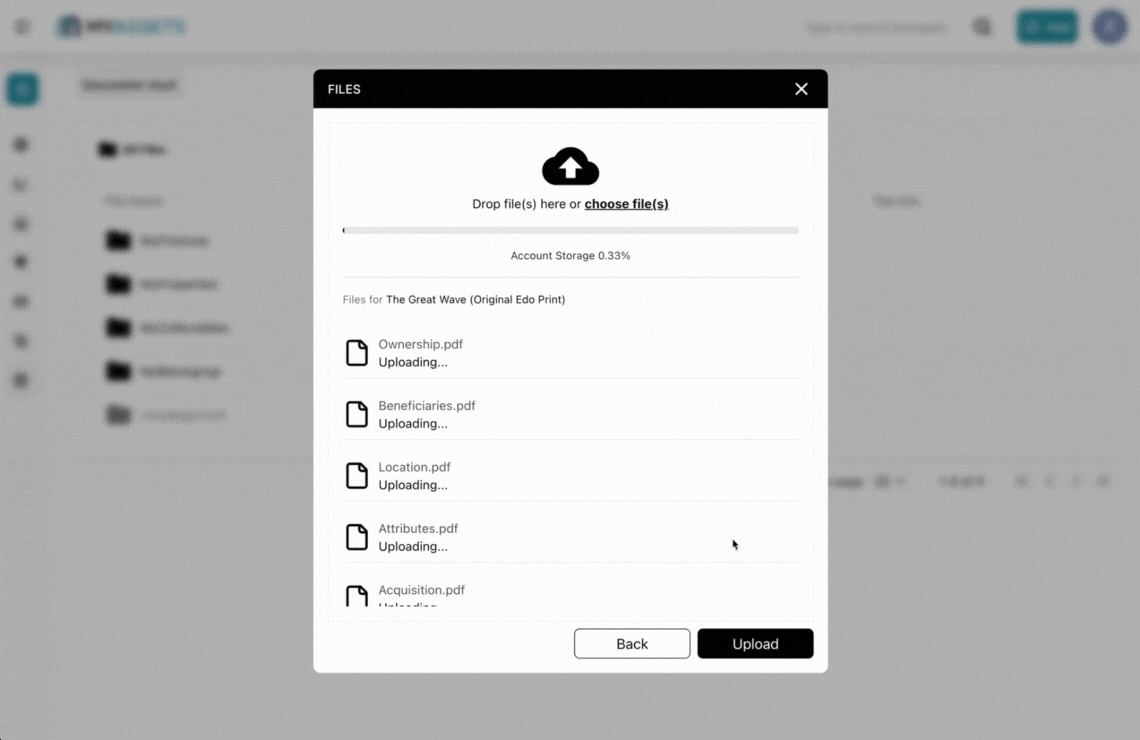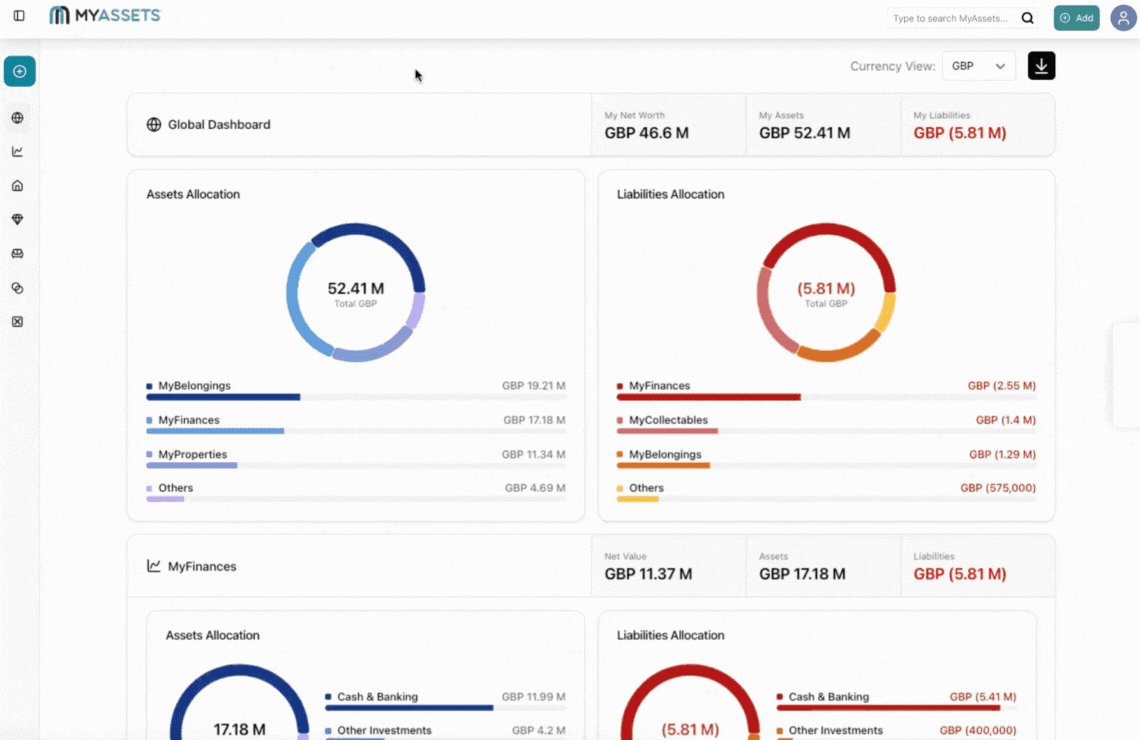How do you keep track of the valuables in your home? Cataloguing your household possessions can be difficult if left unchecked. Creating a home inventory helps organise your valuables and serves as an important tool should you ever need to file an insurance claim.
Investopedia reports that only four in 10 homeowners currently have a home inventory. This indicates that only a few homeowners know the importance of a home inventory.
An updated home inventory speeds up loss settlements in worst-case scenarios. It also helps you document the losses that your insurance doesn’t reimburse for tax purposes. This gives you adequate insurance coverage for what you own, reducing financial losses.
Creating an inventory can also encourage you to declutter your home. Very Well Mind reports a strong connection between cleanliness and mental health. Organising your home based on your inventory can give you more control over your surroundings and even boost your mood.
Manually cataloguing your household possessions can be tedious and labour-intensive. However, there are various home inventory tools that can expedite this process.
MyAssets is an asset management tool that can also serve as your catalogue for home essentials. This article explains the importance of a home inventory tool and how MyAssets can help you in organising your valuables.
- Home inventory tools increase asset visibility
- Cataloguing valuables enables maintenance and repairs planning
- A home inventory enhances your budget and financial tracking
- Home inventory tracking simplifies insurance management
- Cataloguing your valuables improves overall organisation in your home
- Start cataloguing your valuables room by room
- Catalogue the valuables you have
- Record important details about each valuable
- Digitise and store relevant documents and receipts
- Regularly update information about your valuables
5 Reasons You Should Use Home Cataloguing Tools Like MyAssets for Your Home
This section highlights the benefits of using a comprehensive home inventory app for cataloguing your home.
1. Home inventory tools increase asset visibility.
You don’t need to worry about misplacing or losing valuables if you have a home inventory app at your disposal.
Having a digital catalogue of your valuables allows you to easily locate and monitor them in a central platform. This prevents you from forgetting your valuables' locations or misplacing them within your home.
In our article about the reasons you should use an asset management system, we explain that creating a record of your valuables in a central location can help you make more informed and accurate decisions about your investments. This applies to your household possessions too.
Using an asset management software for your valuables allows you to identify which items need to be replaced, discarded, updated, or even assessed for valuation.
2. Cataloguing valuables enables maintenance and repairs planning.
Most, if not all, of your valuables have a lifespan. Maintaining an inventory of your depreciating valuables will help you schedule their upkeep. This maximises the usefulness of your valuables and ensures they are well-kept.
Three key practices you can use in maintaining your valuables include:
- Understand the lifecycle of your valuables: Knowing your valuables’s upkeep requirements can help you minimise damage from wear and tear. This also prepares you for their eventual breakdown. For example, if a household appliance has a lifespan of three years, you can use that time to get funds to eventually replace that household item.
- Follow a preventive maintenance schedule: Preventive maintenance boosts your home item performance and prevents unexpected breakdowns. This is especially useful for home items that work to boost the quality of living in your home.
- Use an inventory tracking system: You can use this system within the same software used for your home inventory. An inventory tracking system allows you to monitor home items that regularly need to be repurchased.
3. A home inventory enhances your budget and financial tracking.
Because you have a clear picture of the valuables you own, you can make informed decisions when creating your budget and financial plans. A home inventory can pinpoint the sources of household expenses and areas where you can cut costs.
Yale University explains that budgeting helps you track the flow of incoming and outgoing money. Developing and following a budget ensures you cover your expenses consistently. This is particularly useful if you have household possessions that require upkeep at different times. Knowing how much you spend on repairs, maintenance, and item replacements enables you to effectively plan your finances.
Business.com recommends using a software or platform to track your finances. If your home inventory software is an all-in-one comprehensive asset management tool like MyAssets, you can calculate the value of your home items and their associated liabilities. This helps you monitor the ongoing expenses you need to stay on top of for each home item.
4. Home inventory tracking simplifies insurance management.
Using an asset management software with a document repository allows you to upload documents in a secure platform. This includes documents related to your valuables, such as their corresponding insurance policies.
This helps you track the insurance policies and premiums you have for your valuables. It also helps you identify which valuables lack insurance, and which ones you need to prioritise.
According to Sainsbury’s Bank, insurers usually consider valuables as the following:
- Gold, silver, or other precious metals
- Rings, earrings, and other jewellery
- Stamp, coin, and medal collections
- Works of art
It’s important to assess your valuables, especially high-cost items, and ensure they’re covered by your insurance policy.
5. Cataloguing your valuables improves overall organisation in your home.
You might have an art piece in storage that might work best in your parlour or dining room. Or a piece of furniture may have better use in a different room than where it’s currently located.
Having a home inventory gives you a clear idea of the valuables you own, their location within your property, and their valuation. Once you have this list, you can change your valuables' configuration within your home and track their current value.
Consumer Reports also explains that a home inventory is essential in the wake of unexpected events or natural disasters (e.g. burglary, fire, earthquake, etc.). Having a digital home inventory can help you recover financially once you file for an insurance claim.
MyAssets: The Ideal Home Inventory Management Software
Now, you have a deeper understanding of how an asset management tool can help you catalogue your home. But what makes MyAssets the ideal solution for this task?
This section explains MyAssets's many features, and how it can help you in creating a comprehensive home inventory.
MyFinances
MyFinances allows you to organise different financial assets such as:
- Cash & Banking accounts
- Cryptocurrencies
- Insurances
- Other Investments
- Traditional Investments
This also allows you to link different financial accounts to the appropriate items. For example, you can link a loan account to a belonging or valuable you uploaded on the platform. You can also link insurance policies to its corresponding asset for easy tracking.
MyProperties
MyProperties allows you to upload your properties in the platform – whether they’re residential, commercial, or investment properties.
Even single-property homeowners will find this feature useful. With MyProperties, you can add the configuration details of your home (e.g. number of rooms, types of rooms, etc.) and link the property and room location to other asset types (e.g. Art, Other Collectables, Belongings).
For example, you can assign the location of a painting to your primary dwelling place and specify that it is framed in your library.
MyCollectables
MyCollectables enables you to create a digital gallery of your art and collections in a central platform.
You can upload the valuables you own under the Art and Other Collectables categories. You can create comprehensive records about your valuables' acquisition details, attributes, ownership, and more.
MyAssets provides a bird’s eye view of the art and collectables you own. Using MyCollectables in your home inventory can be a useful reference if you decide to update the style of your home.
MyBelongings
MyBelongings encompasses many of the miscellaneous items that you will find in your home. Some examples of valuables you can upload on MyBelongings include:
- Antiques
- Automobiles
- Clothing and Footwear
- Devices
- Electronics
- Fixtures
- Furniture
- Household appliances
Like the previously mentioned categories, MyBelongings allows you to create comprehensive records about your items, including details about acquisition, attributes, ownership, and more.
Groups
Groups lets you cluster your assets according to your preferred categories or labels. This customises the way you organise, track, and manage your valuables. This can increase efficiency in using your home inventory and make it easier to navigate.
Document Vault
Document Vault stores all the documents and images you upload on the platform.
Document Vault is equipped with bank-grade, end-to-end encryption to keep your data secure. It also automatically backs up your files to ensure data safety and prevent data loss.
Examples of files you can upload on Document Vault include:
- Certificates of authenticity
- Deed of ownership
- Financial statements
- Insurance policies
- Photos of the valuables
You also have the option to link these files to the relevant valuables for streamlined tracking and record-keeping.
5 Steps to Create a Home Inventory with MyAssets
1. Start cataloguing your valuables room by room.
Create your home inventory by organising each room. Hayden Hill advises that it’s important to dedicate an allotted time each day to organising your home. This helps you create a task list that can be realistically completed within your allotted time. If you only have 30 minutes a day to organise a room, you can declutter and catalogue your drawers. Going through your closets or cabinets can be scheduled when you have more time.
Make sure each room is recorded in the Configuration Details of your property in MyAssets. The Configuration modal enables you to include the rooms and their measurements within your property.
This allows you to use these rooms as the locations of your valuables within the MyAssets platform.
2. Catalogue the valuables you have.
Itemise the valuables in each room you organise. Even sentimental belongings that seemingly have no financial value can be considered as valuable.
In fact, investing in specific household items can improve your quality of living. For example, a premium mattress and cookware set can be uploaded under MyBelongings on MyAssets.
MyAssets includes a Bulk Import feature that enables you to upload data for a maximum of 1,000 home items at a time. This accelerates the uploading process and allows you to use your time efficiently as you catalogue your valuables.
3. Record important details about each valuable.
Recording important information about valuables can help you track its history, valuation, and even care instructions.
Once your household items are uploaded on MyAssets, you can enter different types of information about them, often divided into Primary Details and Additional Details.
Examples of Primary Details you will need to fill in about a valuable include:
- Asset Title/Model/Edition/Name
- Asset Type
- Brand/Manufacturer/Creator
- Item Price
- Purchase Currency
- Purchase Date
- Purchase Price
Additional Details give the option to include information on the following categories:
- Acquisition
- Attributes
- Configuration
- Location
- Ownership
MyAssets allows you to keep a comprehensive record of all your valuables, allowing you to effectively organise them within the platform and in your home.
In a previous article about how to better organise your collectables, we explained that you can categorise your valuables by type and subtype. This allows you to build a systemic collection for your valuables.
4. Digitise and store relevant documents and receipts.
Storing digital copies of files is essential in keeping a record of your valuables.
Creating digital copies can boost data security and increase file retrieval.
Adobe provides the following tips to maintain an organised digital recording keeping:
- Create a backup of your files
- Keep related files together
- Name your documents carefully
- Scan documents
Use the Document Vault in MyAssets to upload digital copies of important documents. You can link different types of documents to specific Asset Sections or Attributes.
For example, upload authenticity certificates and assign it to the Acquisition section. This will make it easier to locate and categorise files.
5. Regularly update information about your valuables.
MyAssets allows you to edit information about your valuables, ensuring your records are up-to-date.
According to Hill Group Law, updating your documents and the relevant information about your valuables can ensure that:
- You avoid identity theft or fraud
- You potentially get better rates on insurance and loans
- Your information is accurate
This also helps you calculate the current valuation of your valuables and give you a clear idea of their financial worth.
Home Inventory Cataloguing: Frequently Asked Questions
1. What should I look for in a home asset management software?
Key features you should look for in a home asset management tool or software include:
- Item Categorisation
- Photo and Video Uploads
- Secure Data Encryption
- Smart Search and Filters
2. Why is it important to use a home inventory tool?
A home inventory tool increases efficiency and accuracy in cataloguing valuables. It also ensures that you can store important information about those valuables in a central digital platform. It is also essential in filing an insurance claim, in the face of an unexpected event or disaster.
3. How is MyAssets better than its competitors?
MyAssets allows you to organise, track, and monitor valuables across different categories. Whether its finances, properties, art and collectables, or belongings.
Its intuitive dashboards enables you to manage your home items with a micro and macro view and implement real-time updates.
MyAssets vs Catalogit: Which is a Better Home Cataloguing App?
We’ve discussed how you can use MyAssets in cataloguing your household valuables. In this section, we compare MyAssets’s performance to another asset management app.
While Catalogit provides bigger account size across all its plans, MyAssets accommodates more types of valuables and home items. From finances and properties to collectables and ordinary belongings. MyAssets allows you to create a detailed and curated inventory of all your home items.
All your valuables in one platform—see how MyAssets works for you with a 14-day Free Trial.






![Document Vault - Hero [800x600].svg](https://confident-nature-8860568b09.media.strapiapp.com/Document_Vault_Hero_800x600_22bb68f34c.svg)
